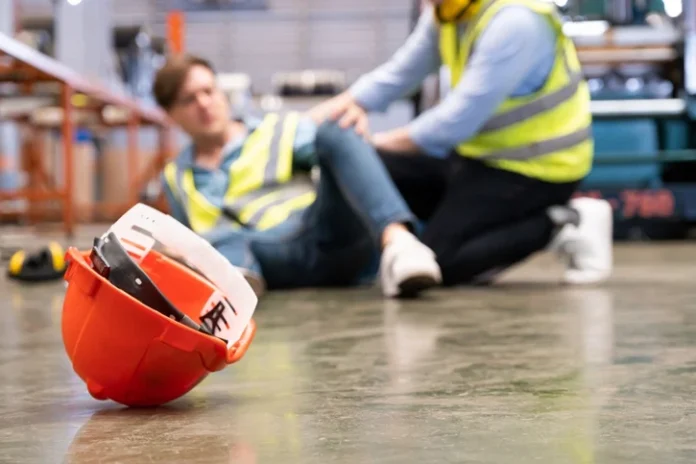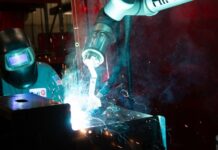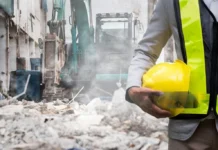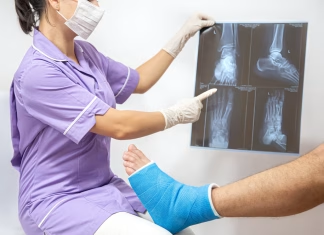Not all jobs are safe. In fact, some jobs such as construction worker, tree cutting/removal professional, roofing contractor, paper mill operator, and more come with specific risks to life and limb, which is why employers are required to carry hefty personal injury insurance policies on behalf of their employees.
Suppose you happen to be the victim of a serious personal injury, such as an amputated limb, while on the job, you need to contact the best personal injury lawyer you can find. Says the professionals at The Law Offices of Willie D. Powells II and Associates, a Black personal injury lawyer in Houston, if you suffer an amputation while on the job, it’s of paramount importance to retain a lawyer who will properly represent your financial interests and legal rights in a court of law. Note: Not all lawyers were created equal, so do your research prior to hiring the right attorney.
That said, what is being done to prevent amputation in dangerous workplace environments in the 2020s? According to a recent report by Online Safety Trainer, accidental workplace amputations are considered some of the most life-altering and severe workplace injuries you can suffer. The incidents, which are both physically and emotionally debilitating, can occur in a variety of situations, and they can involve different types of mechanical equipment.
Back in 2018, it was said that work-related amputations resulted in more than 6,000 cases that required untold days away from work, making up for 0.5 percent of all missed work cases. Although infrequent, amputation injuries can lead to an average recovery time of about a month, which is three times the median ten days for other varieties of injury.
More than half of all amputations (about 3,600 cases) were said to involve machinery. Fifteen percent involved materials and parts, while 7 percent were caused by mishandling of equipment, tools, and instruments in the field.
This is why it’s of major importance to follow OSHA and other safety guidelines to prevent amputations in dangerous workplace environments.
Machine Components that Are Considered Hazardous
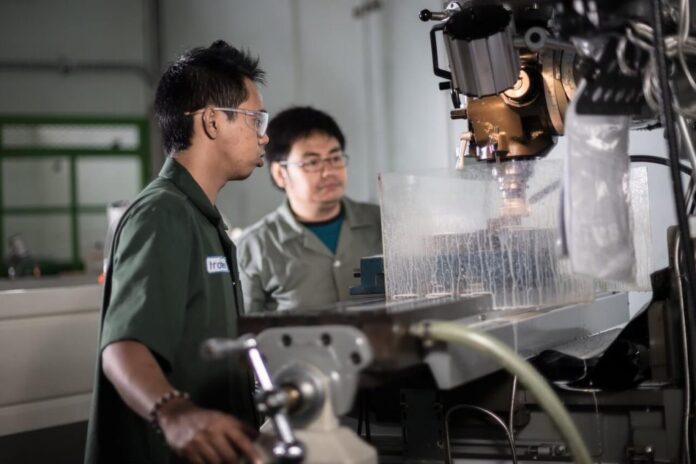
The following is a list of machine components that are considered dangerous in the workplace or the job site:
Point of Operation: This is where a machine, such as a factory-sized paper milling machine, works on the material it’s manufacturing into a product.
Power-Transmission Apparatuses: These can include couplings, flywheels, belts, pulleys, chains, spindles, cams, connecting rods, gears, plus other energy-transmitting components where a worker can easily get his or her hand or arm trapped in.
Moving Parts: Limbs can also get trapped in parts that are required to move, spin, or roll during their operations. They can also get caught in rotating, reciprocating, and transverse moving components and machine parts.
Mechanical Motions that are Dangerous
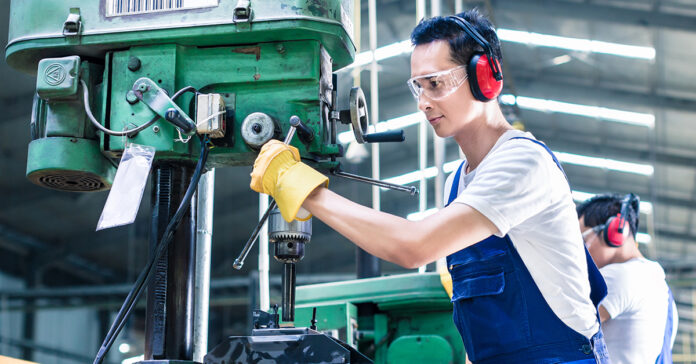
Dangerous mechanical motions can also result in the loss of limbs and even life if a severe injury isn’t treated immediately. Potential hazardous motions, such as in-running nip or pinch points, include the following:
Rotating Motion: The circular movement of machine components such as flywheels, clutches, couplings, cams, spindles, rotating collars, and shaft ends can easily catch clothing or, worse, force a body part into a machine where it will likely be crushed and/or amputated.
Reciprocating Motion: This is an up-and-down motion or back-and-forth motion that can entrap or strike a worker in between a fixed object and a moving mechanical part. The result can be the crushing and/or removal of a limb or limbs.
Transversing Motion: The straight and continuous movement of a piece of equipment can strike or catch a worker in a pinch or a shear point, which is located between the moving part and the fixed object, resulting in physical harm.
Cutting Motion: These are the boring, sawing, drilling, slicing, milling, and slitting motions that can cause a worker to endure anything from an amputated digit to an entire hand, arm, or even leg.
Punching Motion: Punching occurs when a big machine moves a ram or slide with the intent to stamp or blank metal and other rigid materials.
Shearing Motion: As the term suggests, this is the movement of a knife or powered slide during metal shearing or trimming. This can cause an instantaneous loss of limb to a careless worker in which pain will not immediately set in.
Bending Motion: Bending is said to be an action that occurs when power is applied to a slide to draw or form metal and other rigid materials. This can result in the tearing of digits or an entire limb.
How Employers Must Protect Workers from Amputations
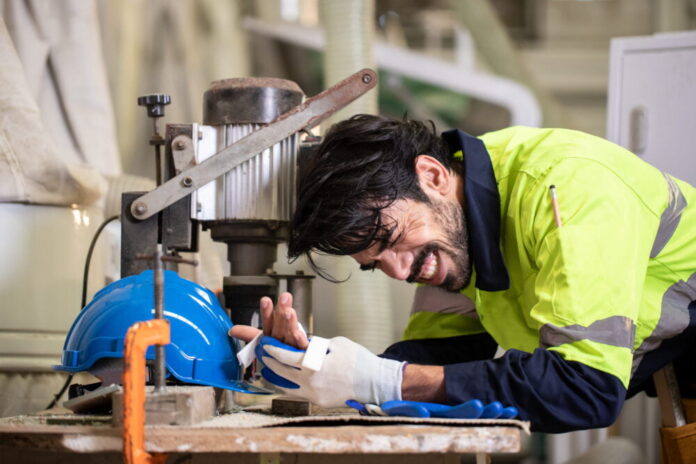
Says Online Safety Trainer, it’s of the utmost importance for employers to recognize, identify, manage, and control all workplace hazards that can potentially lead to amputation. These include dangers that stem from mechanical components, mechanical motions near or inside the components, as well as tasks performed by workers during the day’s normal mechanical operations.
By employing safe work practices, administrative controls, and rigid staff training, needless worker amputations can be prevented or, at the very least, managed. The safeguarding of machinery by using the following equipment is said to be the most effective approach to take in the prevention of accidental amputations caused by stationary machinery and equipment:
–Guards can provide a physical barrier that will restrict access to potentially hazardous areas on a job site or inside a manufacturing facility. The guards must be sturdy and secure and offer zero possibility for workers to remove, bypass, or tamper with them. At the same time, the guards cannot impede a worker’s view or hinder his or her work.
–Special devices can assist in the avoidance of contact with points of operation. They can be utilized to supplement guards. Devices are engineered to disrupt a machine’s normal operating cycle when the operator’s hands are located too close to the point of operation. Devices can prevent the worker from reaching the point of operation and/or assist with retracting the worker’s hand altogether if it has entered the machine works and is about to be amputated as a result.
Devices must allow for the safe maintenance and lubrication of the machine without interfering with normal machine operation or the introduction of additional hazards. On top of this, devices must be sturdy, long-lasting, tamper-proof, and, above all, secure.
As an employer, you are not only responsible for providing and properly maintaining safe machinery and equipment at the workplace or job-site, but you must provide the safest environment possible for your workers in the prevention of amputation. Anything less is illegal.
